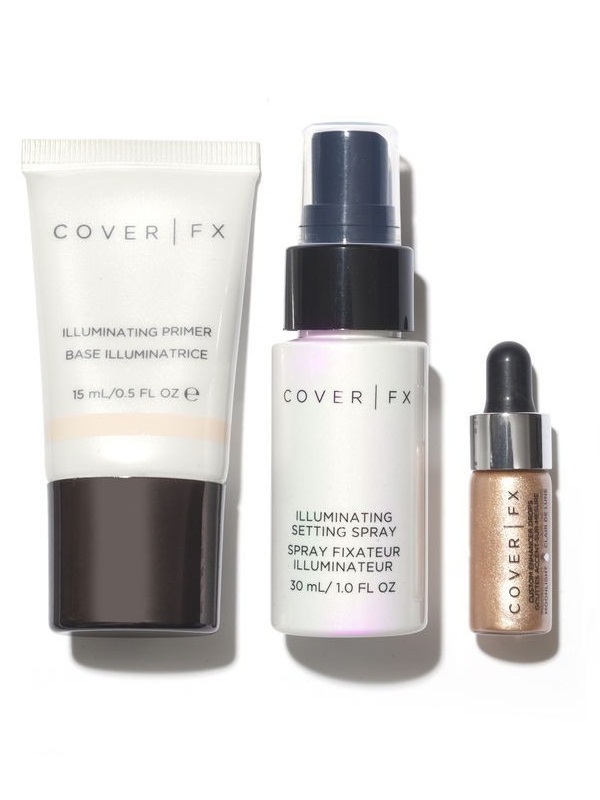
There are several known product differences in IA HAs, for example, molecular weight, viscosity, origin (source). However, there are suggestions that IA HA has additional actions that may not be biomechanical that may be relevant in the joint with OA. Because of the biomechanical and lubricating properties of HA, the US Food and Drug Administration as well as several other national regulatory agencies have approved IA HA of the knee as a medical device. Although there is controversy over its benefits, many studies on IA HA for knee OA have demonstrated significant improvement in clinical parameters such as pain and function. The therapeutic use of IA HA for osteoarthritis (OA) of the knee has steadily increased each year in recent years. This property of the aggrecan allows for the compressibility and durability of articular cartilage.īased on the general presence and basic functional characteristics, HA has been used in many different applications from dermal treatments to intra-articular (IA) injections. Among its roles in the diarthrodial joint, HA is a basic structural component of articular cartilage creating the backbone of the large negatively charged proteoglycan aggrecan matrix. Its presence on the joint surface provides pain-free and smooth motion of the articulating surfaces. It is ubiquitous throughout the human body but is particularly prominent and important in the joint. However, it is hard to know how much pure vitamin C or ATIP can be thanked.īottom line: a really promising, but not well-proven vitamin C derivative that can be worth a try especially if you like experimenting (but if you like the tried and true, pure vitamin C will be your best bet).Hyaluronic acid (hyaluronan ) is one of the few constitutively produced molecules uniquely preserved across animal species from bacteria to humans. The study was a small (10 patients), double-blind experiment, and the formula did show some measurable anti-aging results.
#Cover fx chem free skin#
The authors theorized that the 10% AA is released slowly from the silicon delivery system and probably stays in the upper layer of the skin to give antioxidant benefits, while ATIP penetrates more rapidly and deeply and gives some wrinkle-reducing benefits. We could find Tetrahexyldecyl Ascorbate mentioned only in one published in-vivo study that examined the anti-aging properties of a silicone formula containing 10% AA and 7% ATIP. So this all sounds really great, but these are only in-vitro results at this point. Third, ATIP seems to have all three magic abilities of pure vitamin C: it gives antioxidant protection from both UVB and UVA rays, it increases collagen synthesis (even more than AA) and it has a skin brightening effect by reducing melanogenesis by more than 80% in human melanoma cell cultures. There is also in-vitro data showing that it converts to AA in the skin.

So great in fact, that it surpasses the penetration of pure vitamin C threefold at the same concentration and it penetrates successfully into the deeper layers of the skin (that is usually important to do some anti-aging work). Second, because it's oil-soluble, its skin penetration abilities seem to be great. First, it is stable (if pH < 5), easy to formulate and a joy to work with for a cosmetic chemist. With this context in mind let's see what ATIP might be able to do. In addition, vitamin C's three magic properties (antioxidant, collagen booster, skin brightener) are all properly proven in-vivo (on real people), but for the derivatives, it's mostly in-vitro studies or in the case of ATIP, it's in-vitro and done by an ingredient supplier. It's a really promising candidate (see below), but while reading all the goodness about it in a minute, do not forget that derivatives not only have to be absorbed into the skin but also have to be converted to pure vitamin C (ascorbic acid or AA) and the efficacy of the conversion is often unknown. Copernicia Cerifera (Carnauba Wax/Cera Carnauba/Cire De Carnauba)


 0 kommentar(er)
0 kommentar(er)
